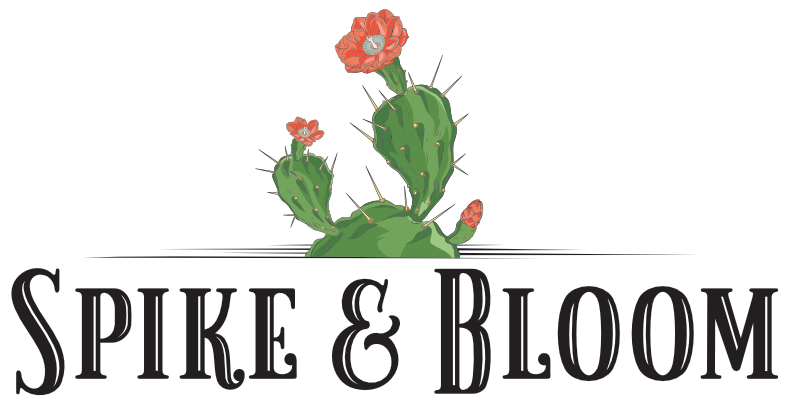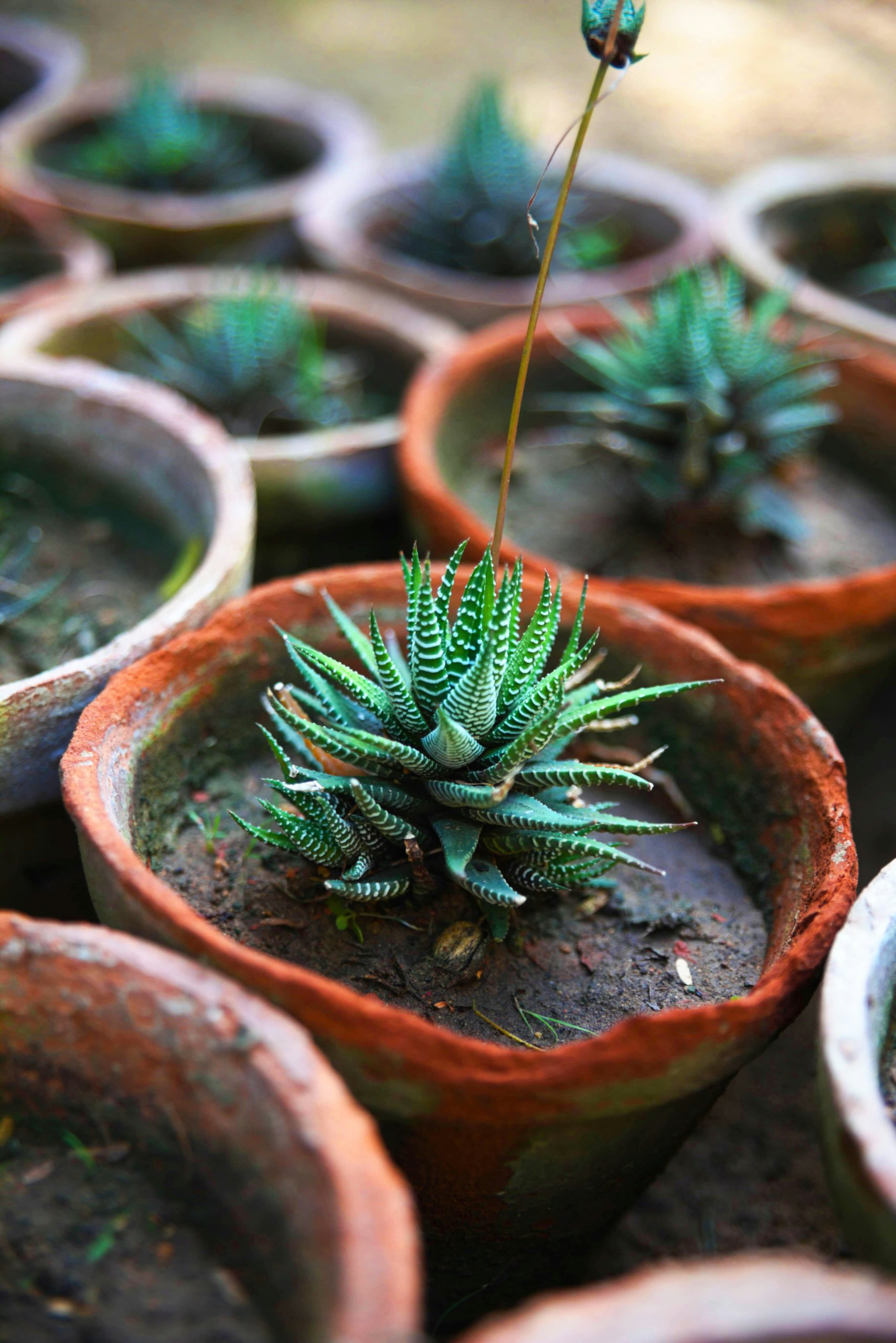Best Outdoor Succulents for Pots
Adding succulents to your outdoor pots is a simple way to bring life and color to your space without a lot of work. The best outdoor succulents for pots are varieties like Agave, Sedum, and Hens and Chicks because they are tough, drought-tolerant, and grow well in containers. These plants handle heat and dry conditions better than most, making them a smart choice for busy gardeners or people who live in hot climates.
Choosing the right succulents can make your patio, porch, or yard look more interesting and inviting. There are many types to fit your style, whether you like bold shapes or trailing forms. With so many options, you’re sure to find an outdoor succulent that fits your space and makes caring for plants easy.
Key Takeaways
- Some succulents work better in pots outdoors than others.
- Drought-tolerant types like Agave and Sedum are perfect for potted gardens.
- Picking the right varieties keeps your outdoor pots healthy and attractive.
Top Outdoor Succulents for Pots
You have many options when choosing succulents for your outdoor containers. Some types like agave and echeveria add bold structure and color, while sedum and hens and chicks bring texture and easy care.
Agave Varieties for Outdoor Containers
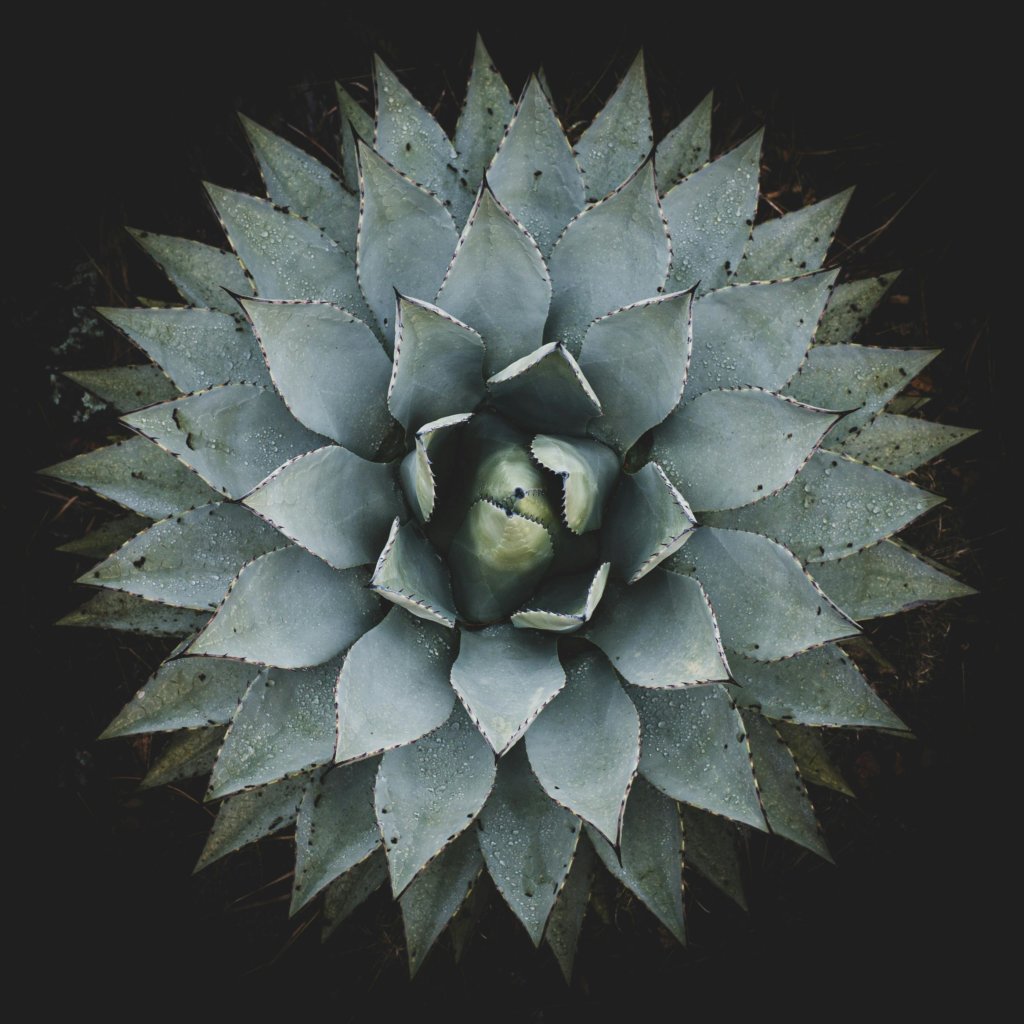
Agave are bold, architectural succulents that stand out in pots. These plants have thick, pointed leaves and form a strong rosette shape. Agave ovatifolia is a top choice for containers, known for its large, rounded form and blue-gray leaves. It stays compact compared to other agaves, making it manageable in pots.
Most agave varieties need full sun and gritty, fast-draining soil. They are drought-tolerant and hold up well to heat, which is ideal for outdoor pots. Cold-hardy options, like Agave parryi, can also take some frost. You don’t need to water them often, let the soil dry out completely.
Agave adds structure and a unique shape to your patio or entryway.
Best Sedum (Stonecrop) Choices
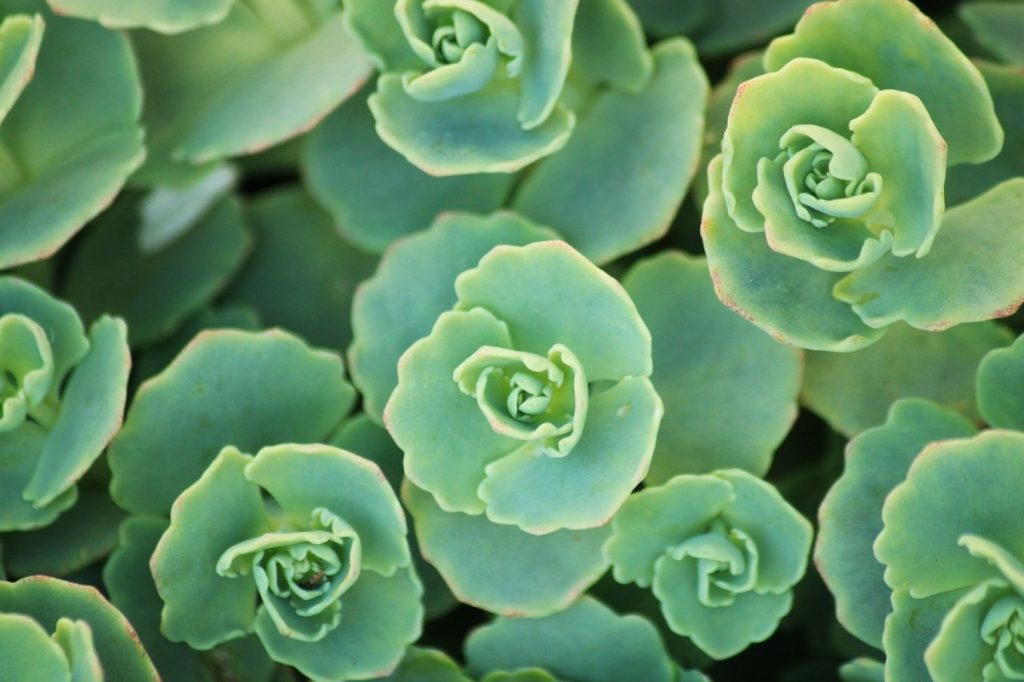
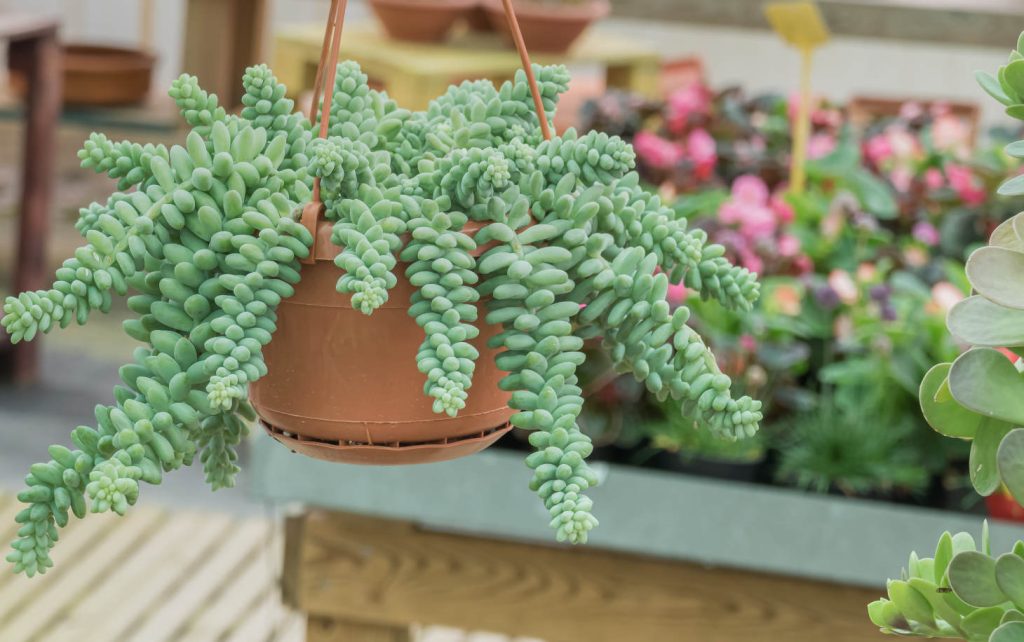
Sedum, often called stonecrop, are easy-care succulents that thrive in outdoor pots. These plants have small, fleshy leaves and are usually low-growing. They come in many shapes and colors, from green to deep maroon.
Sedum morganianum (Burro’s Tail) trails nicely over edges, while Sedum spurium forms dense mats. Many sedum varieties flower in late summer, adding extra interest. They handle full sun well and need well-draining soil.
Sedum are great for adding color, texture, and even some flowers to your pots. Water sparingly. They’re very forgiving, making them a good fit for beginners.
While sedum are incredibly versatile for outdoor use, it’s important to consider their cold hardiness, especially if you live in a region with typical U.S. winters. When people think of “outdoor plants,” cold hardiness is often a primary concern. Many sedum varieties are indeed cold-hardy and can withstand freezing temperatures, but others are more tender and may not survive a harsh winter outdoors.
To help you choose the right sedum for your climate, here’s a general guide for the cold hardiness of some popular varieties:
| Sedum Variety | Typical USDA Hardiness Zones | Winter Survival in U.S. |
| Sedum spurium (e.g., ‘Dragon’s Blood’, ‘Voodoo’) | Zones 3-9 | Excellent cold hardiness; typically survives most U.S. winters outdoors. |
| Sedum spectabile (e.g., ‘Autumn Joy’, ‘Brilliant’) | Zones 3-9 | Excellent cold hardiness; reliably perennial in most U.S. regions. |
| Sedum telephium (e.g., ‘Purple Emperor’) | Zones 3-9 | Excellent cold hardiness; similar to Sedum spectabile. |
| Sedum reflexum (e.g., ‘Blue Spruce’) | Zones 3-9 | Good cold hardiness. |
| Sedum morganianum (Burro’s Tail) | Zones 9-11 | Not cold-hardy; will not survive freezing temperatures. |
| Sedum rubrotinctum (Jelly Bean Plant) | Zones 9-11 | Not cold-hardy; susceptible to frost damage. |
| Sedum palmeri | Zones 7-10 | Moderately cold-hardy; may tolerate light frost but best protected in colder zones. |
Echeveria Types Perfect for Pots
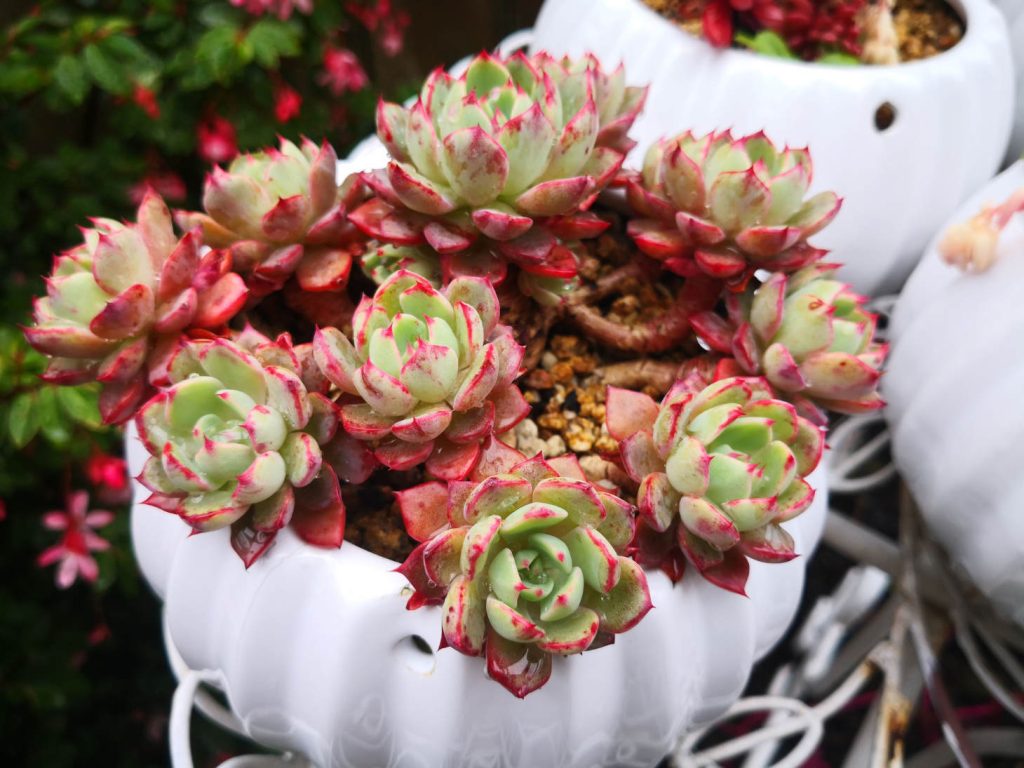

Echeveria are popular for their colorful, rosette-shaped leaves. These succulents come in a range of shades, including blue, pink, and silvery tones. Their neat shapes and compact size make them ideal for smaller pots or groupings.
Many gardeners choose Echeveria elegans or Echeveria ‘Perle von Nurnberg’ for their strong form and beautiful leaf color. Most echeveria thrive in bright light and need well-drained succulent soil. Let the soil dry before watering to prevent rot.
Echeveria in pots can be paired with other succulents like crassula or kalanchoe for variety.
Sempervivum and Hens and Chicks for Planters
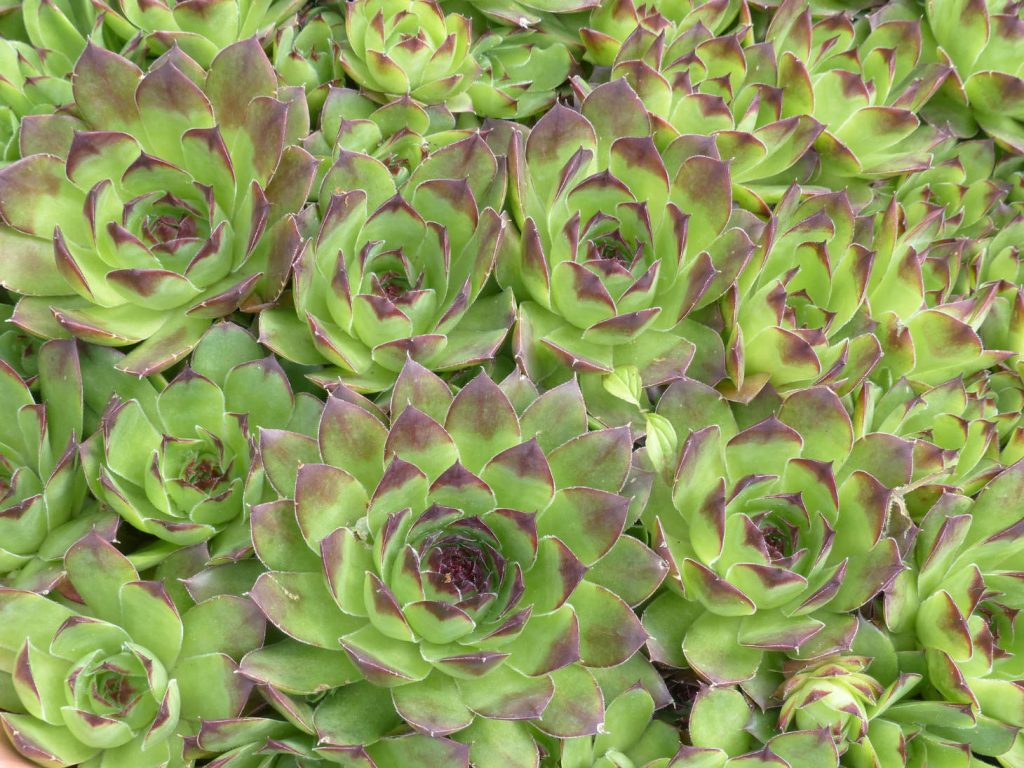
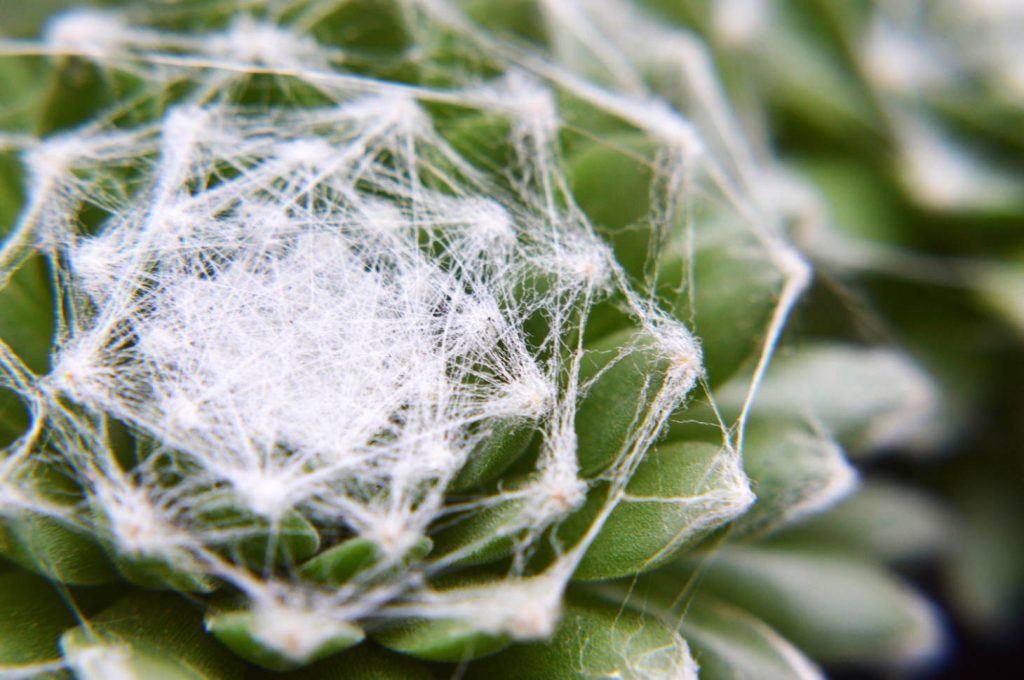
Sempervivum, known as hens and chicks, are cold-hardy succulents that work well in outdoor containers. They produce a cluster of rosettes, with the main “hen” making many small “chicks” that spread around the pot.
Varieties like Sempervivum tectorum or Sempervivum arachnoideum bring interesting color and even web-like patterns to the leaves. These succulents are tough, surviving heat, drought, and even winter cold. They need minimal care: full sun and sandy soil are best.
Hens and chicks are a smart pick for pots that stay outside year-round. They’re also easy to mix with other outdoor succulents, such as sedum or even small cacti.
Drought-Tolerant and Unique Succulent Options for Pots
Many hardy succulents are perfect for outdoor pots. Choosing the right plants can help you create a low-maintenance, eye-catching outdoor succulent garden that stands up to heat and drought.
Notable Drought-Resistant Succulents
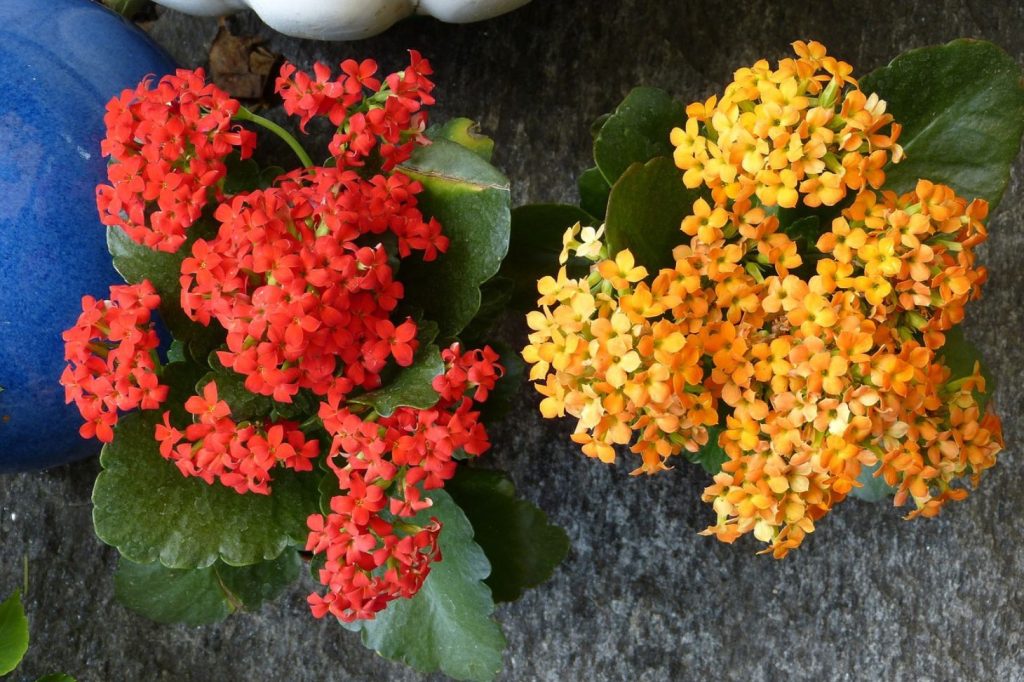
Some succulents stand out for their ability to thrive with little water. Agave ovatifolia is one popular choice, known for its bold rosettes and blue-green leaves. It is both drought-tolerant and attractive in large outdoor pots.
Hens and chicks (Sempervivum) form clusters of rosettes and spread over time. They grow well in shallow containers and come in many colors.
Kalanchoe is another great pick for color. Its fleshy leaves store water and its flowers add a pop of red, pink, or yellow. These succulents need very little watering once established and can handle sunny spots.
Sedum species, sometimes called stonecrop, offer interesting textures and handle dry summer weather. Their compact size is perfect for mixing with other drought-tolerant varieties.
Outdoor Cacti and Low-Maintenance Picks
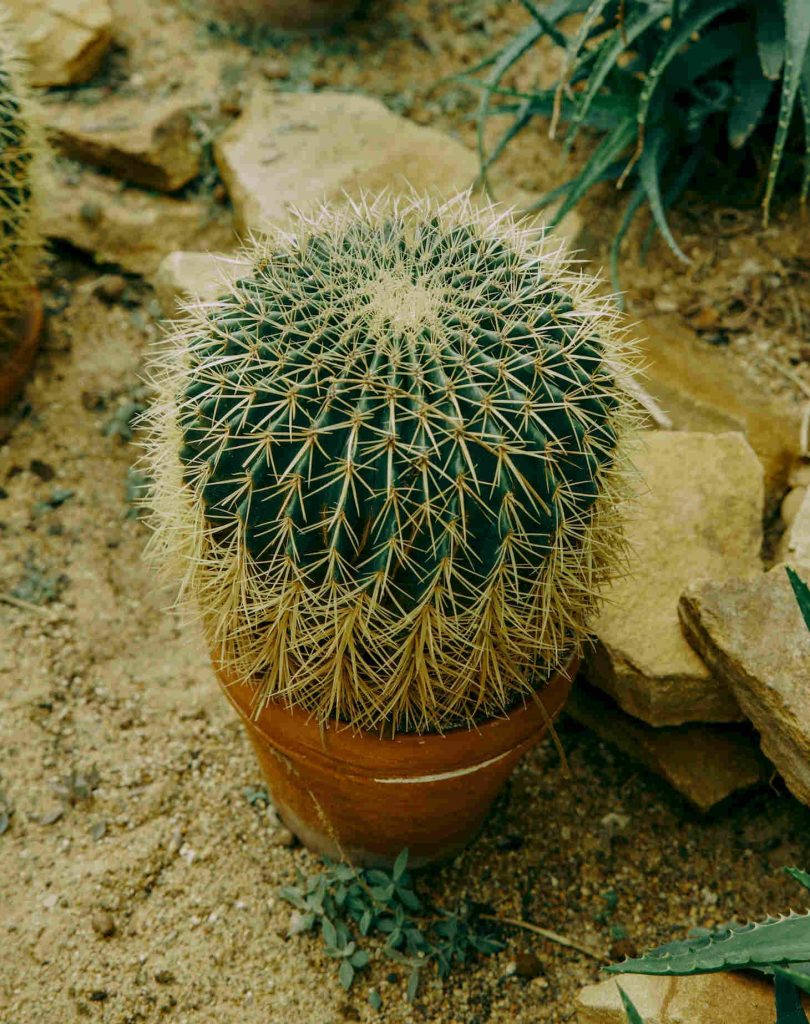
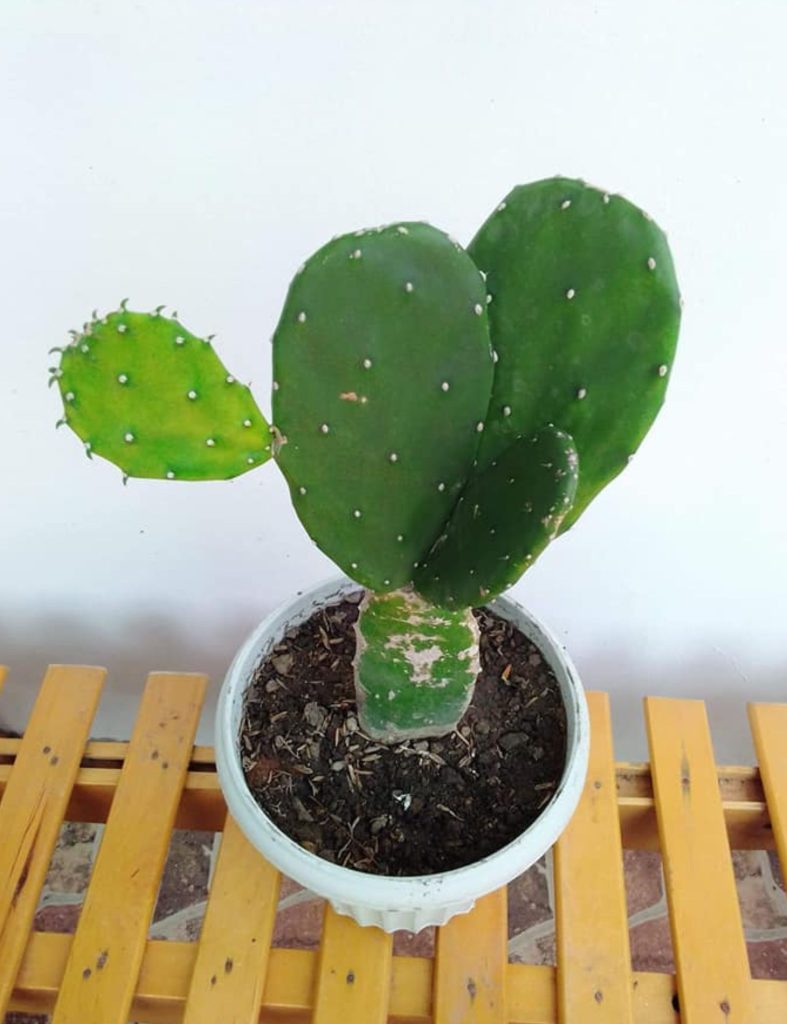
If you want tough plants for your pots, several cacti are reliable. Golden barrel cactus grows into a ball shape and thrives in heat. Prickly pear cactus offers paddle-like pads and, in the right climate, yellow or pink blooms.
Cacti generally need little care. Place them in pots with well-draining soil, let the soil dry between watering, and give them lots of sun.

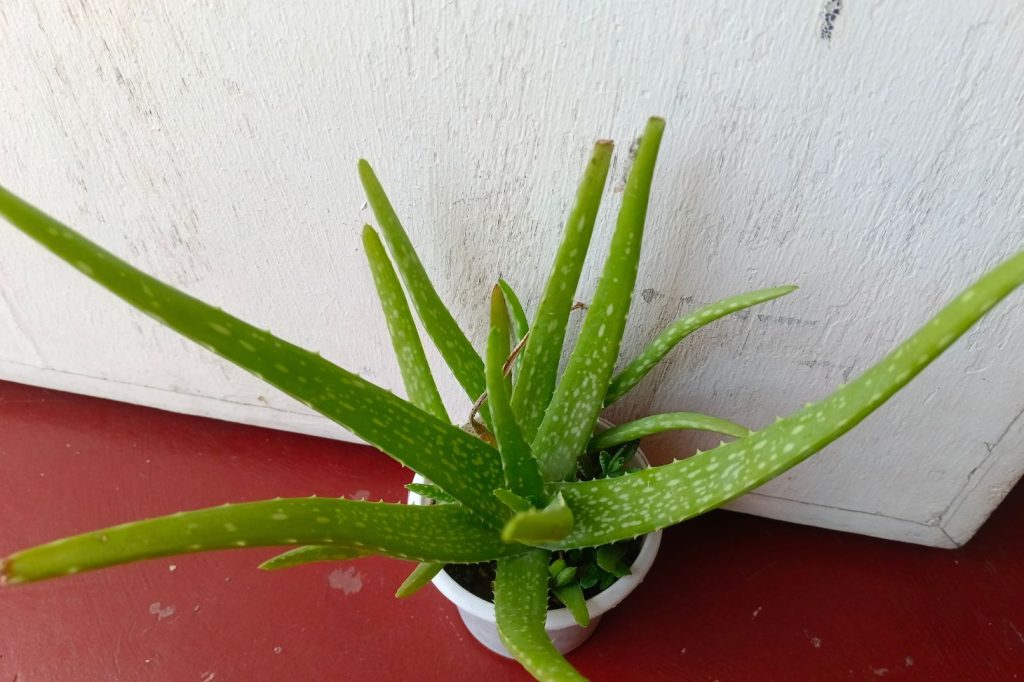
Besides cacti, try Haworthia or Aloe vera. Both have thick leaves, need only occasional watering, and endure drought well. Echeveria also does well outside, with rosettes that don’t mind bright light and dry spells.
Some of these plants may have spines, so use care when arranging them in outdoor containers, especially if children or pets are nearby.
Hanging and Trailing Succulents for Baskets
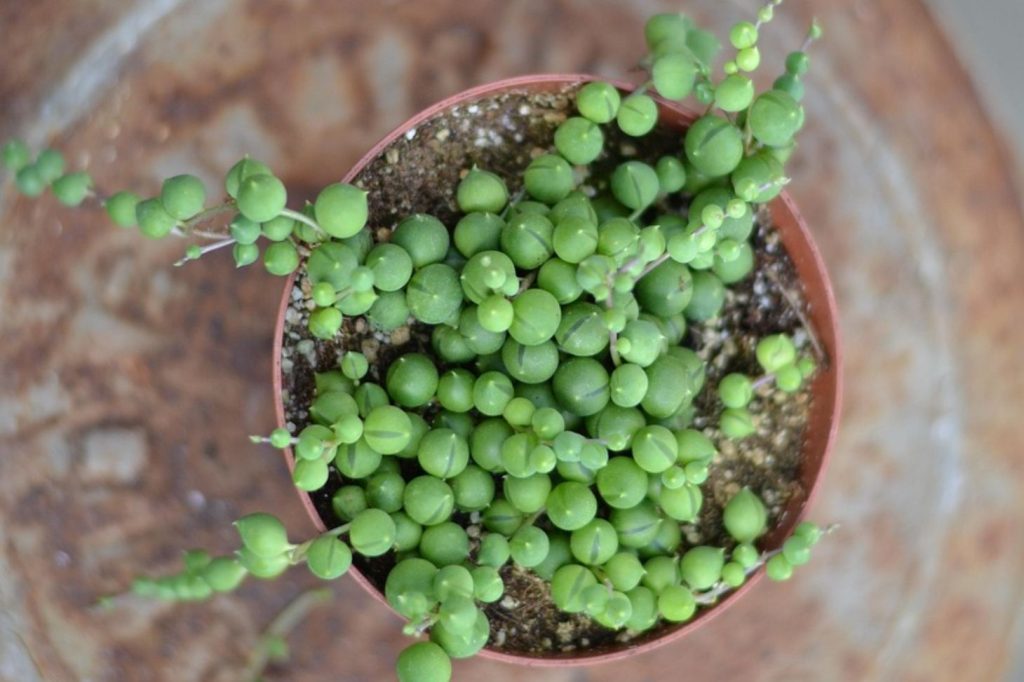
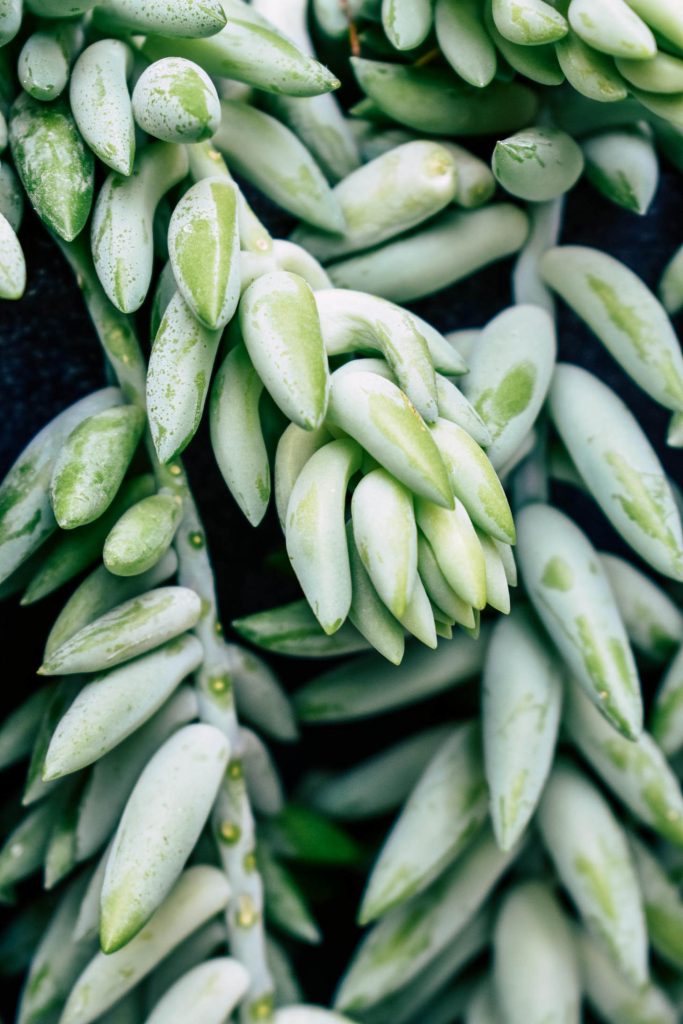
For hanging pots or baskets, select trailing succulents that spill beautifully over the sides. String of pearls (Senecio rowleyanus) is a favorite for its bead-like leaves that drape down in long strands. This plant needs bright, indirect sun and requires its soil to dry out between waterings, which makes it perfect for hanging baskets outdoors.
Donkey’s tail (Sedum morganianum) has thick, trailing stems covered in silvery blue leaves. It looks dramatic in hanging displays and only needs water once the soil has dried out.
Fishhooks (Senecio radicans) and string of bananas are other options with cascading shapes. These trailing succulents bring a unique texture and form to your outdoor container garden. Use a light potting mix and be sure the containers drain well to avoid root rot.
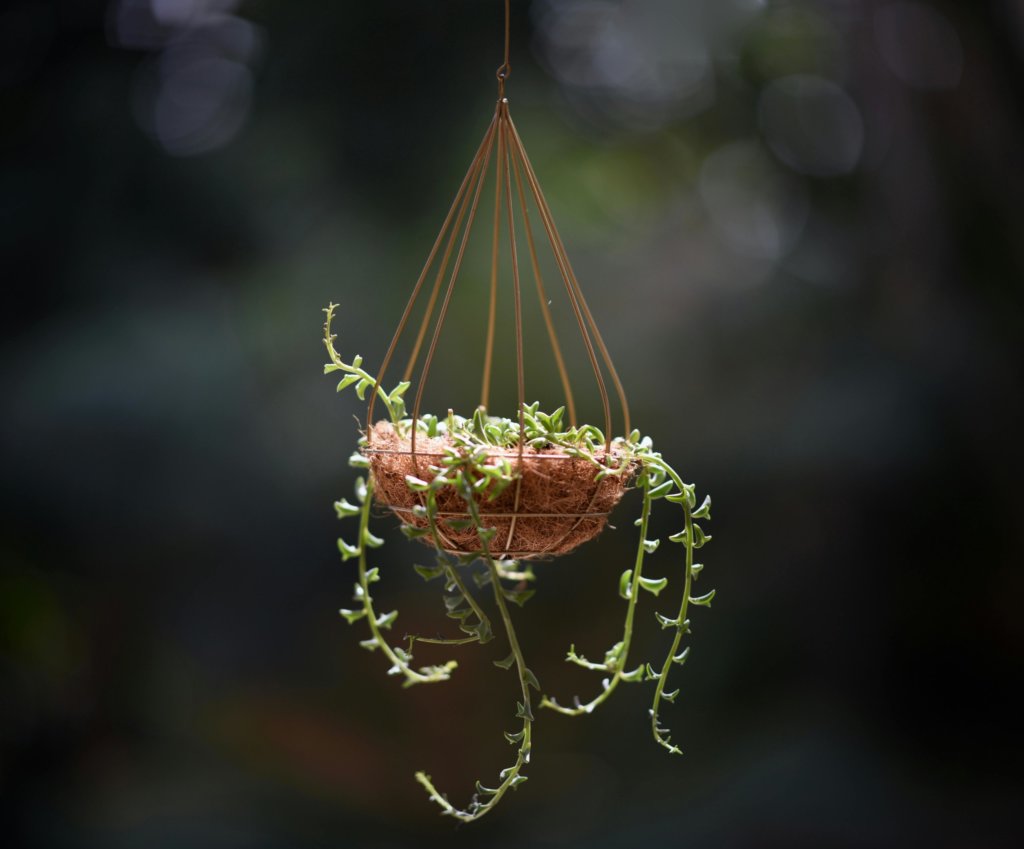
Frequently Asked Questions
You will find many kinds of succulents that can handle outdoor pots, from those that love full sun to types that do best in cooler weather. Some choices are better for hot, dry areas, while others can handle humidity or even stand up to frost.
What succulent varieties thrive best in outdoor pots?
Jade plant, echeveria, sedum, and sempervivum are excellent for outdoor containers. Aloe vera and agave also do well in pots outside. These succulents have strong root systems and can handle changes in weather.
Which low-maintenance succulents are suitable for container gardening?
Sedum, hens and chicks (sempervivum), and aloe are very low-maintenance. They need little water and can go longer between care routines. Ghost plant (graptopetalum) and burro’s tail are also easy to grow with little attention.
How do I choose succulents that will survive in full sun when planted outdoors?
Pick succulents like agave, sedum, echeveria, and most cactus species. These plants thrive in direct sunlight and are less likely to get sunburned. Make sure your pots have good drainage to prevent root rot.
Can you recommend some large succulents for outdoor planters?
Aloe vera and agave can grow quite large in big pots. Jade plant and certain types of euphorbia also become sizable with enough space. Ponytail palm (beaucarnea recurvata) is another striking choice for outdoor containers.
What are some cold-hardy succulents that can be grown outside?
Sempervivum (hens and chicks) and many sedum varieties are known for their cold tolerance. These succulents can often survive temperatures below freezing. Delosperma, also known as ice plant, works well in cooler climates, too.
Which succulents are most suited for the humid climate of Florida when potted outdoors?
Kalanchoe, crassula, and Dracaena trifasciata (snake plant) adapt well to Florida’s humidity. These types, along with haworthia and gasteria, are less prone to rot with proper drainage and can manage the humid air when potted outdoors.
